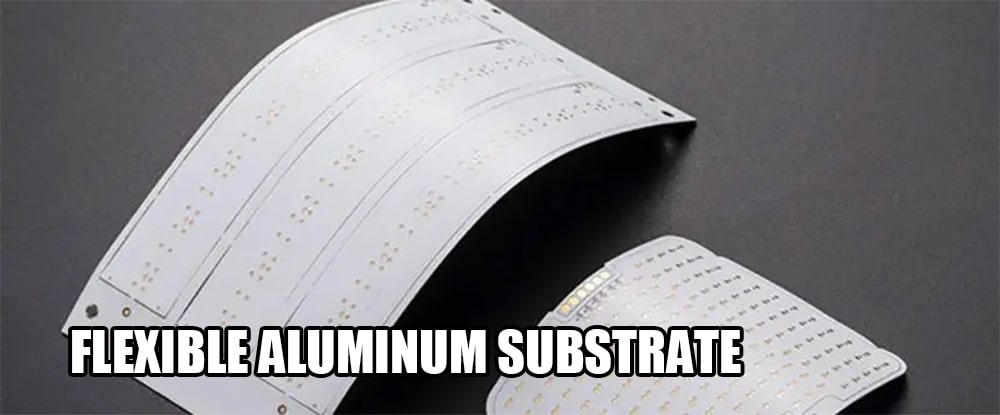In the fields of aerospace, industrial control, optoelectronic equipment, battery management and other fields, high-power equipment is often used, and high-power products will generate a lot of heat. If the heat cannot be removed in time, it will affect the stability and life of the product, and IMS PCB has excellent heat dissipation properties and is used in these products.
What is IMS PCB?
The full name of IMS PCB is IMS, which is Insulated Metal Substrate pcb. It is a PCB made of aluminum or copper. The main feature of IMS PCB is excellent heat dissipation performance, which is several times better than ordinary PCB.
IMS PCB structure
The IMS structure consists of a circuit layer, an insulation layer and a metal base layer (usually aluminum). The insulating layer plays a critical role, serving the functions of bonding, insulation and heat conduction.
The insulation layer in IMS PCB is the largest thermal barrier in the power module structure, and its thermal conductivity is 5-10 times that of FR4 PCB.
The better the thermal conductivity of the insulating layer, the more conducive it is to the diffusion of heat generated when the components are operating, speeding up the reduction of the operating temperature of the components, and extending the stability and service life.
What types of IMS PCB are there?
1. Flexible aluminum substrate
The flexible aluminum substrate combines flexibility and strong heat dissipation. The flexible dielectric can provide excellent electrical insulation, flexibility and thermal conductivity. Flexible aluminum materials can better fit products and achieve various shapes and angles.

2. Hybrid aluminum aluminum substrate
Bonding 2-4 layer circuit boards made of traditional FR-4 to an aluminum base with an insulating thermal conductive medium allows for enhanced heat dissipation. This way costs less.
3.Multilayer aluminum substrate
Made of multi-layer thermally conductive dielectric, multi-layer circuits are embedded in the dielectric, while blind holes are used as heat dissipation channels or signal paths. Because each aluminum layer is thermally conductive, the overall thermal conductivity is greatly improved after multiple layers are stacked.
4.Through-hole aluminum substrate
The through-hole aluminum substrate uses a thick aluminum sheet as the base layer. The circuit board is laminated on both sides of the aluminum sheet through adhesive to realize the embedded layout of the components. At the same time, the gaps in the aluminum sheet are filled with insulating filler for isolation. various parts. Finally, the interconnection between components is achieved through drilling.
Conclusion
The main feature of IMS PCB is that it has a heat dissipation capacity of FR45-10 times or more. It will be considered for use in high-power applications. There are also different types of IMS PCB and you can choose the appropriate type according to the actual situation.















